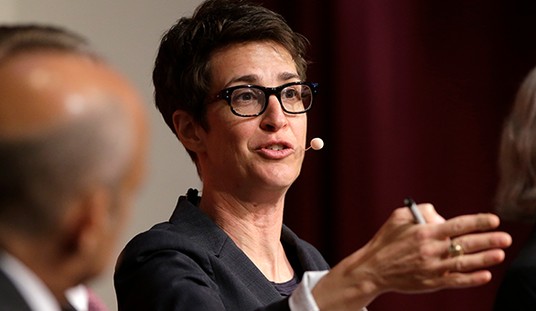“Obama’s first term is like FDR’s dismal second,” Michael Barone writes:
Why did Roosevelt’s second term turn out so poorly? Basically, because his policies were so unpopular. His 1935 labor act led to violent sit-down strikes in auto, steel and rubber factories, in which union victories were resented by the wider public.
His high tax rates on high earners — the great white whale of the Ahab-like Obama — plus something called the excess profits tax and the threat of onerous new regulation discouraged business investment, leading to what some called a capital strike.
In that setting, many liberals, as historian Alan Brinkley writes, “reached the pessimistic conclusion that stagnation had become the normal condition of modern industrial economies.” Sounds like Bill Clinton’s argument: No one could do better.
Republicans gained 80 House seats in the 1938 off-year elections. A conservative coalition of Republicans and Southern Democrats dominated Congress for most of the next 20 years.
Polling in the run-up to the 1940 election showed Roosevelt and the Democratic Party in nothing like the dominant position they held in his first term. Gallup polls showed that most voters wanted a Republican as the next president.
Of course we know that Roosevelt won a third term and then a fourth after that. The New Deal historians have taken that as evidence that Americans loved his big-government policies.
But Roosevelt won in 1940 and 1944 on foreign affairs and as a war leader. The outbreak of World War II in September 1939 overshadowed economic complaints.
Hence the 2004 UCLA article, “FDR’s policies prolonged Depression by 7 years, UCLA economists calculate,” not to mention Amity Shlaes’ 2007 opus, The Forgotten Man.
But let’s flash-forward from the Depression of the 1930s to…, well, today’s Depression according to former Obama supporter and self-declared former speechwriter for Obama, Mort Zuckerman, who writes in US News & World Report, “Welcome to the Modern-Day Depression:”
This is, in effect, the modern-day Depression. Take two issues, Social Security disability and food stamps. Roughly 15 percent of the population, a record, representing over 46 million Americans, are in the food stamp program, compared to the 7.9 percent participation from 1970 to 2000. And about 400,000 people have been signing up each month over the past four years. In addition, a record 11 million-plus Americans are now collecting federal disability checks. Half of them have come on board since President Barack Obama took office. This is another sign of the Depression-like times that we are in. It is not as visible today as it was back then because there are no bread or soup lines. That is simply because checks have replaced those lines. But it doesn’t take away from the fact that millions of people who had good private sector jobs are now dependent on the government for life support.
Finally, a UPS ad focuses on today’s Forgotten Man, the small business owner and entrepreneur. Because he’s so anathema to Obama’s collectivism, this ad really does feel at times, as Florida-based blogger Sarah Rumpf asks, “Is the UPS Store using ‘You Didn’t Build That’ as a theme in their new ad?”
http://www.youtube.com/watch?v=HW7cViVpNT0










Join the conversation as a VIP Member